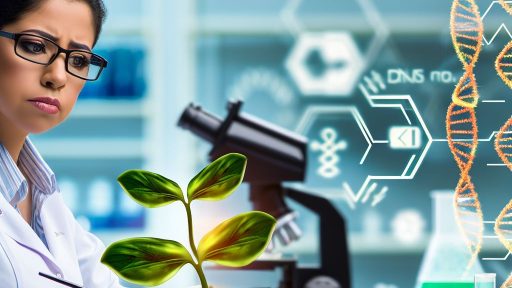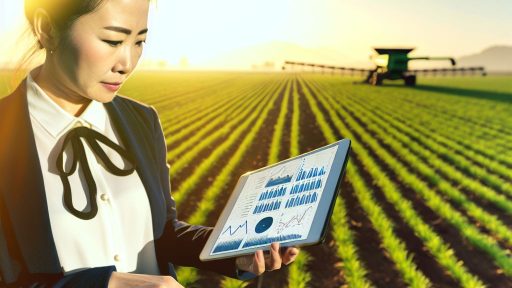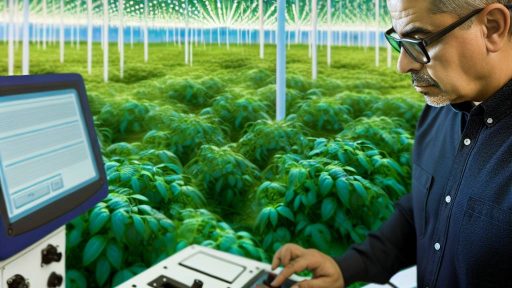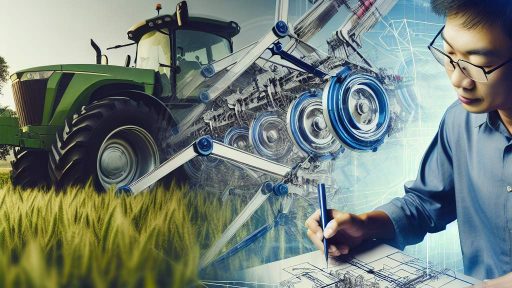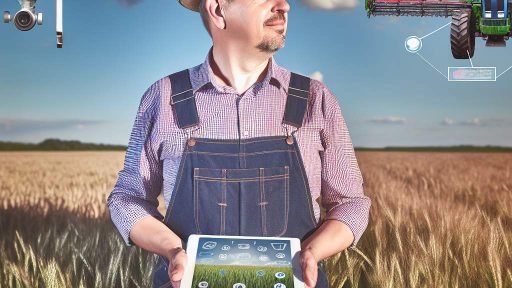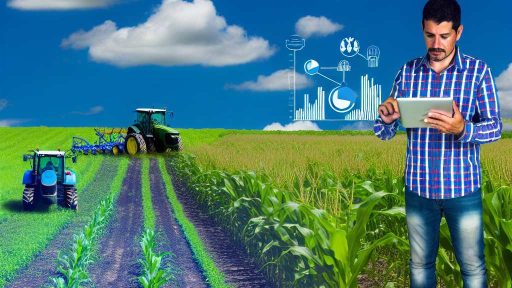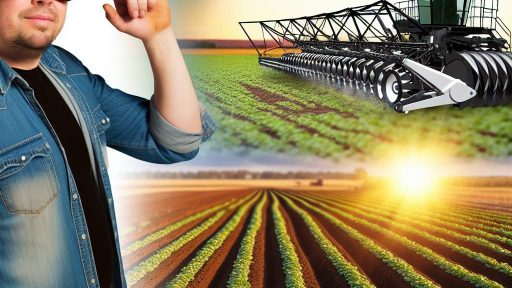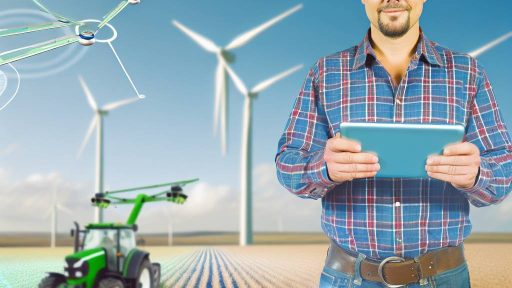Agricultural Technology
Navigating the Future with Agricultural Technology
Agricultural technology, or AgTech, is revolutionizing the way we farm, making it more efficient, sustainable, and productive.
From precision farming to biotech crops, technological advancements are enabling farmers to meet the growing demands for food while minimizing environmental impacts.
This guide delves into the latest AgTech trends, their applications, and how they’re shaping the future of farming.
Precision Agriculture
GPS and Satellite Imagery
- Use: Maps fields and monitors crop health, optimizing inputs like water, fertilizer, and pesticides.
- Benefit: Increases yield and reduces waste.
Drones and UAVs
- Function: Provide aerial images for crop monitoring and spraying, offering a bird’s-eye view of farm health.
- Advantage: Improves pest and disease management.
Smart Farming Technologies
IoT Devices
- Application: Sensors in the field collect data on soil moisture, temperature, and crop health in real-time.
- Outcome: Allows for data-driven decisions.
Automated Machinery
- Examples: Self-driving tractors and robotic harvesters.
- Impact: Reduces labor costs and increases efficiency.
Biotechnology in Crops
Genetically Modified Organisms (GMOs)
- Purpose: Enhance crop resistance to pests and diseases, and improve drought tolerance.
- Controversy: Balancing benefits with consumer perceptions and ecological considerations.
CRISPR and Gene Editing
- Innovation: Offers precise modifications to plant genetics for desired traits without introducing foreign DNA.
- Potential: Creates crops with higher yields and nutritional value.
Sustainable Farming Solutions
Vertical Farming
- Concept: Growing crops in vertically stacked layers, often in controlled environments.
- Advantages: Maximizes space and conserves water, suitable for urban settings.
Aquaponics and Hydroponics
- Systems: Combine fish farming with soil-less plant farming, recycling water and nutrients between both.
- Sustainability: Reduces the need for chemical fertilizers and uses water efficiently.
Challenges and Opportunities
Adoption Barriers
- Issues: High initial costs and a steep learning curve can hinder the adoption of AgTech.
- Solutions: Subsidies, education, and demonstration projects can facilitate uptake.
Data Management
- Challenge: Managing and analyzing the vast amounts of data collected.
- Solution: Advanced analytics and AI can turn data into actionable insights.
The Future of AgTech
The pace of innovation in agricultural technology shows no signs of slowing down.
As we look to the future, the integration of AI, machine learning, and even blockchain for supply chain transparency could further transform the agricultural landscape.
The key to success lies in leveraging these technologies to create sustainable, efficient, and productive farming practices that can feed the growing global population while preserving our planet.
Conclusion
Agricultural technology presents a promising frontier for modern farming, offering tools and techniques to tackle age-old challenges in new and innovative ways.
By embracing AgTech, farmers can ensure the sustainability of their operations and contribute to a secure global food system.
The journey into the future of agriculture is an exciting opportunity to grow smarter, not just bigger.
